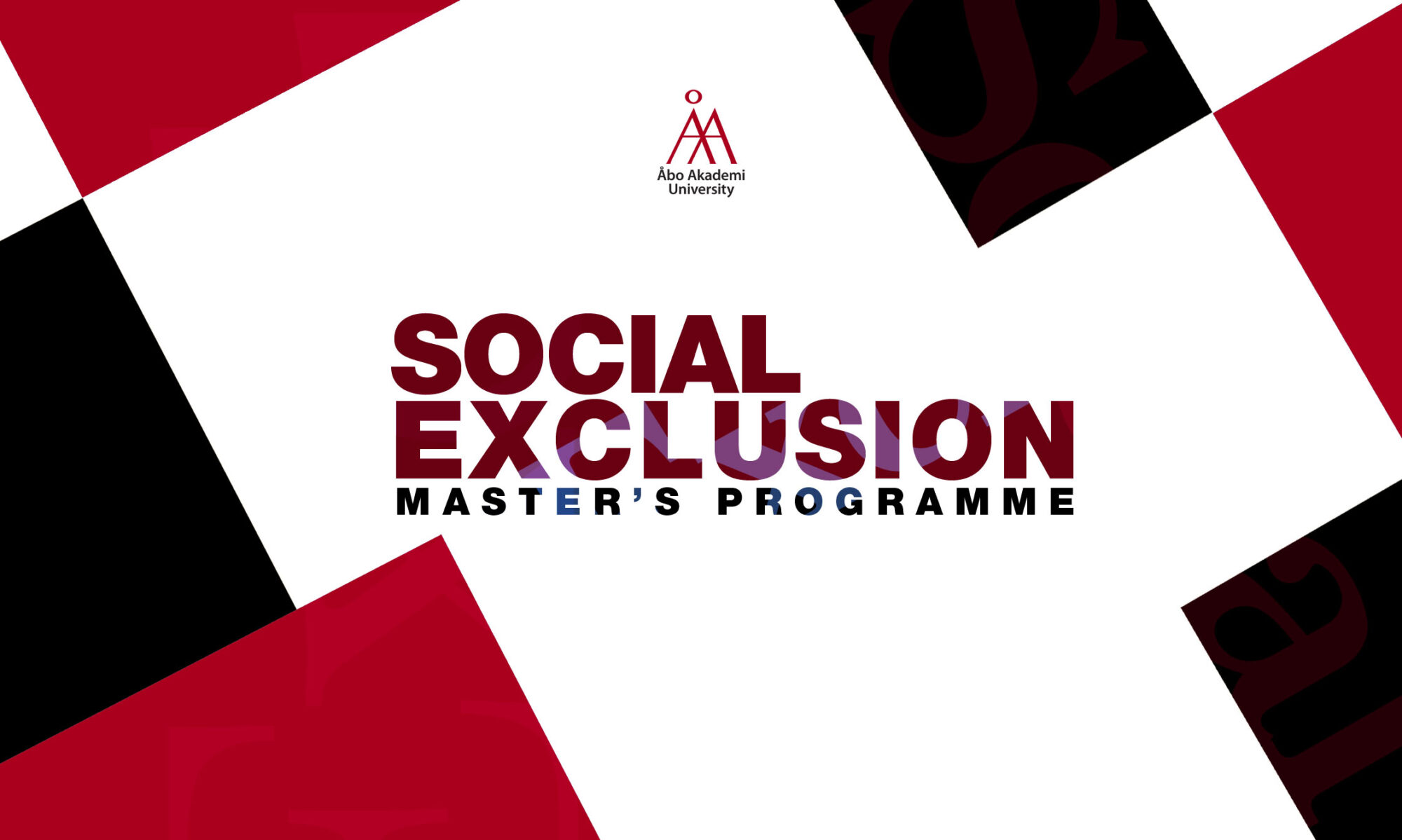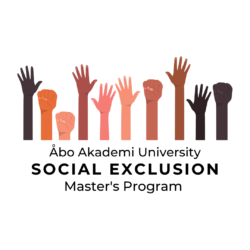Braiding Sweetgrass: Indigenous Wisdom, Scientific Knowledge and the Teachings of Plants

By Robin Wall Kimmerer
Robin Wall Kimmerer in her book Braiding Sweetgrass (2013) offers an insight into the relationship between humans and nature. As a teaching professor at a university, Robin (2013: 6) had often heard students argue that when human and nature meets destruction follows, and these are definitely the images we see in our surrounding world. Oil pollution, the greediness of collecting natural resources, the disappearance of species and the overall destruction of the nurturing Earth are images we daily consume and the narrative becomes clear. We, as humans, are infecting the Earth. Robin, on the other hand, argues in her book a rather healing relationship between humans and nature, something she has valuable insight into as a member of the Potawatomi Nation and as an Environmental Biologist. She argues that humans need to see nature with more caring and grateful eyes.
Robin begins her book by telling the story of the Skywomen, an immigrant who fell from the sky and grounded on Earth, alongside animals and seeds from the Tree of Life molded the Turtle Island [the Earth or North America]. Robin starts by recounting this story of Creation, to emphasize how this narrative has shaped her understanding of the bond between humans and nature. She compares it with the story of Eve, who was banished from paradise when consuming something from the Earth and brought upon sin. Robin argues that these narratives of Creation we have been told, accumulate to our understanding of the Earth and our relationship to it. Robin further argues that:
In the Western tradition there is a recognized hierarchy of beings, with, of course, the human being on top—the pinnacle of evolution, the darling of Creation—and the plants at the bottom. But in Native ways of knowing, human people are often referred to as “the younger brothers of Creation.” We say that humans have the least experience with how to live and thus the most to learn—we must look to our teachers among the other species for guidance. Their wisdom is apparent in the way that they live. They teach us by example. They’ve been on the earth far longer than we have been, and have had time to figure things out (Kimmerer 2013: 9).
This becomes the premise of her book, namely, how can we learn by utilizing indigenous wisdom to appreciate and listen to nature around us, to then further understand ourselves and learn about our role in the world.
Robin describes the bond between humans and nature beautifully. She discusses tragic stories of the past, along with her lived experiences and ties them together with different flora. For instance, Robin (2013: 121-127) discusses love for nature and how this love can be seen as two-sided. She argues that when you love nature you want to defend, protect and celebrate it. Meanwhile, when you can acknowledge that nature also loves you back, this can lead to a more sacred bond. She also discussed this sentiment of nurturing and love not only when it comes to the relationship between humans and nature, but also in regard to different human interactions and further connects it to her ancestors.
Robin Wall Kimmerer is a SUNY Distinguished Teaching Professor of Environmental Biology and the founder and director of the Center for Native Peoples and the Environment. She is also a mother, scientist, decorated professor, and enrolled member of the Citizen Potawatomi Nation.
“Braiding Sweetgrass is instructive poetry. Robin Wall Kimmerer has put the spiritual relationship that Chief Seattle called the ‘web of life’ into writing. Industrial societies lack the understanding of the interrelationships that bind all living things—this book fills that void. I encourage one and all to read these instructions.”—Oren Lyons, Faithkeeper, Onondaga Nation and Indigenous Environmental Leader

